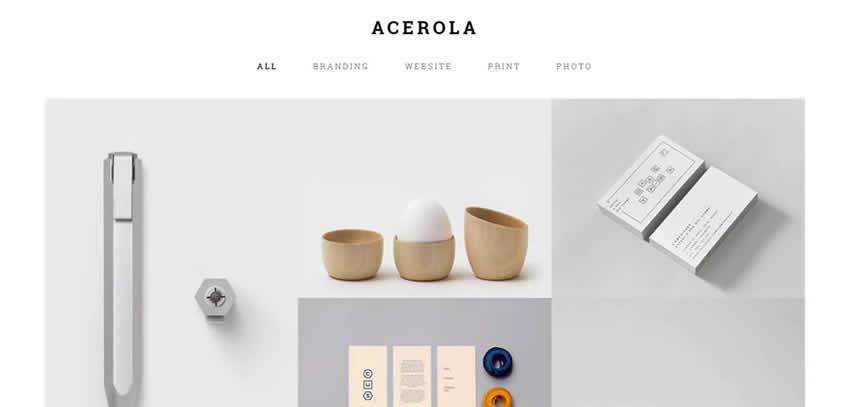Youth Unleashed
Exploring the vibrant voices and trends shaping the youth culture today.
Less is More: The Bright Side of Minimalist Web Design
Discover how minimalist web design can enhance user experience and boost conversions. Less truly is more in the digital world!
The Benefits of Minimalist Web Design: Less Clutter, More Impact
In today's fast-paced digital world, minimalist web design has emerged as a powerful approach that prioritizes simplicity and functionality. By reducing visual clutter and focusing on essential elements, websites can create a more engaging user experience. Studies have shown that users are more likely to stay on a site that is clean and easy to navigate, leading to lower bounce rates and higher conversion rates. As a reference, Smashing Magazine highlights how effective minimalist design can enhance a visitor's interaction with web content.
Moreover, a minimalist website often results in faster load times and improved performance, as fewer elements to render means quicker delivery to users. This is particularly important in an era where speed can significantly impact SEO rankings. According to a report by Search Engine Journal, site speed is a critical factor in search engine optimization, making it essential for businesses aiming to improve their online visibility. Embracing a minimalist design not only strengthens the overall aesthetic appeal but also brings heightened focus to your content, ensuring that your message resonates clearly with your target audience.

How Minimalism Enhances User Experience: A Guide for Web Designers
Minimalism in web design is more than just a trend; it significantly enhances user experience by promoting clarity and ease of navigation. When designers strip away unnecessary elements, they create a clean and engaging interface that guides users towards their goals without distractions. According to Smashing Magazine, a minimalist approach reduces cognitive load, making it easier for users to process information and make decisions efficiently.
Incorporating minimal design elements allows designers to prioritize essential features and create a seamless flow throughout the website. Features such as ample white space, intuitive navigation, and strategic use of colors can lead to increased user engagement and satisfaction. As noted by Nielsen Norman Group, users prefer simple designs as they tend to be more usable, leading to lower bounce rates and increased conversion rates. Embracing minimalism can ultimately foster a more positive relationship between users and the digital products they interact with.
Is Minimalist Web Design Right for Your Brand? Exploring the Pros and Cons
Minimalist web design can significantly enhance user experience and brand perception when executed correctly. By focusing on essential elements and eliminating clutter, brands can convey their message more effectively. This design approach not only improves loading speeds but also ensures that visitors can navigate the site easily, directing their attention to key content and calls-to-action. According to Smashing Magazine, minimalist designs often lead to higher conversion rates as they encourage users to interact more with the intended elements.
However, adopting a minimalist approach may not be suitable for every brand. Brands with intricate narratives or diverse product offerings might find that a minimalist design oversimplifies their message and fails to resonate with their target audience. Additionally, if visual storytelling plays a critical role in your brand identity, stripping away elements could dilute the essence of your brand. As noted by Webdesigner Depot, it's crucial to weigh the advantages and disadvantages to determine whether this style aligns with your brand's goals and ethos.